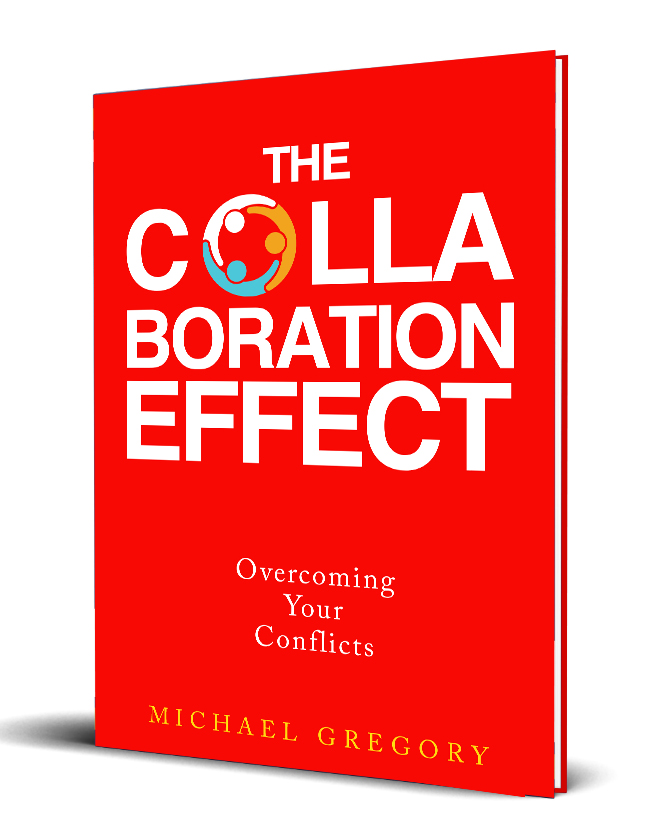
Building authentic, connecting relationships at work can be a game-changer for both personal satisfaction and professional success. Research shows that 60% to 80% of all difficulties in organizations stem from strained relationships between employees, not from deficits in individual employee’s skill or motivation.[i] To make real connections, you need to tap into your emotional intelligence, sharpen your conversational skills, and master the art of listening actively. It is not just about "networking" but genuinely bonding with colleagues, including those you might find challenging to interact with at or through work.
Emotional intelligence
With emotional intelligence consider empathy, self-awareness, and self-regulation
Empathy
Put yourself in your co-worker's shoes to understand their feelings and perspectives. For example, if a team member missed a deadline, instead of immediately criticizing, ask them if everything is all right and if there is anything you can do to help. You need to be there to help. Avoid passing negative judgment. Instead focus on what we can do together going forward and learn from this situation.
Self-awareness
Recognize your own emotions and how they affect your interactions. If you are stressed, acknowledge it, and communicate it to avoid misunderstandings with others. We all have biases developed from our experiences. Realize this and proceed with compassion. That is to be calm, confident, and competent in your interactions with others.
Self-regulation
Control your emotional responses to difficult situations or difficult colleagues. When faced with a rude comment, take a deep breath, and choose your words carefully, rather than reacting impulsively. This is hard. This takes practice. Your natural tendency is to attack when being attacked. Take note of your triggers. Realize you are being triggered. Focus on remaining calm. Your natural tendency is tit for tat. Break that habit, respond with patience and understanding.
Conversational intelligence
Open-ended questions
Instead of asking yes/no questions, inquire about their thoughts and feelings. For instance, ask “What are you thinking about right now?” “How do you feel?’ “What would it take to make things better?” Or if helping in a situation ask, “Can I ask a question?” "Is this conversation working?” “Would you like it to work?” “Why would you like it to work?” “What is one thing he or she could do to make the conversation work?”
Storytelling
Share personal anecdotes or stories relevant to the conversation. This makes you relatable and helps create a more personal connection. If someone is discussing a challenging project, you can share a story of how you overcame a similar obstacle in the past. You can set a tone with relatable, humorous, or anecdotal commentary. Think about what may help in the situation.
Listening intelligence
Listening actively
Pay full attention to the speaker. This means maintaining eye contact, nodding in agreement, and offering verbal affirmations like "I see what you mean" or "That's interesting." For instance, when someone is sharing their concerns about a project, respond with genuine interest, showing you value their input. Summarize what they have said in your own words by paraphrasing the main points. Suspend judgment when listening and be there to help.
Reflective Listening
Repeat what you have heard to ensure you understood correctly. For example, "So, what I'm hearing is that you feel we need more data to move forward?" Then listen carefully to see if what you reflected is what they meant. Maybe it was. Maybe it was not. Adjust based on the feedback from the other person.
An example scenario
Imagine a difficult colleague, Mike, who always seems to challenge your ideas. To build a better relationship with Mike:
- Employ emotional intelligence by empathizing with his need to contribute, recognizing that his critiques may come from a desire to improve the project. Help Mike to see others’ perspectives too and that there are elements of truth in multiple perspectives if this is the case.
- In a conversation, use open-ended questions like, "Mike, how do you think we can enhance this proposal?" Focus on what you control and what you can offer. Consider looking at the problem differently in terms of what you can control such as resources, time, ownership, or other perspectives as relevant.
- When Mike shares his thoughts, listen actively nod, and say things like, "I appreciate your perspective, Mike." This shows you value his input, even if you disagree. Be honest and supportive. Look for ways to demonstrate appreciation for energy, ideas, work, or other areas of contribution.
- Reflective listening can be powerful. After Mike expresses his concerns, say, "So, Mike, if I understand correctly, you believe that refining our approach could lead to better results. Is that right?" Tell me more about your thoughts and what we might do and where we might go from here.
Incorporating these emotional, conversational, and listening intelligences into your interactions can help you connect authentically with colleagues, even those you find challenging. It is not just about making work more pleasant; it is about enhancing collaboration and achieving better outcomes together. The idea here is that multiple perspectives may actually enhance the results. You do not have all the answers. What ideas might others bring to the table that may enhance the process or the final product? Keep an open mind and a questioning perspective.
Summary
Emotional intelligence, conversational intelligence, and listening intelligence are keys to developing authentic, genuine, connecting relationships with others, even with those you find it more difficult to interact with at work. Consider the ideas offered here. Do additional research. Discuss your concerns with a colleague. What have you got to lose? Let me know how it turns out. I welcome your ideas too.
If you’re looking for some assistance related to collaboration or conflict resolution, or enhancing your Servant Manager skills, check out these links.
[i] Daniel Dana, “Managing Differences: How to Build Better Relationships at Work and Home”
(2005, 4th ed.); Barbara J. Kreisman, “Insights into Employee Motivation, Commitment and
Retention” (2002).
About the author
Mike Gregory is a professional speaker, an author, and a mediator. You may contact Mike directly at mg@mikegreg.com and at (651) 633-5311. Mike has written 12 books (and co-authored two others) including his latest book, The Collaboration Effect: Overcoming Your Conflicts, and The Servant Manager, Business Valuations and the IRS, and Peaceful Resolutions that you may find helpful. [Michael Gregory, ASA, CVA, MBA, Qualified Mediator with the Minnesota Supreme Court]

